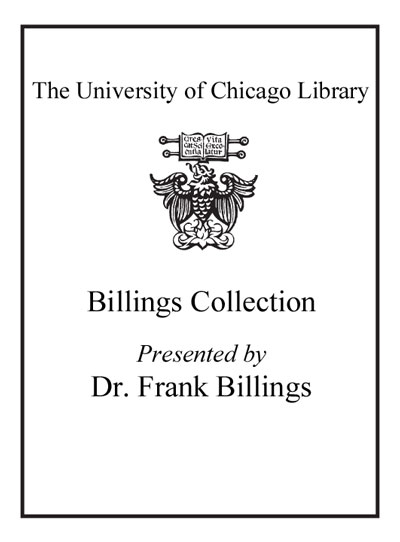| Summary: | "This edition has several new features, reflective of the changes that have occurred in our field over the last 5 years since the fifth edition. More and more, the field of digital recording has expanded; however, in order to understand some of the shortcomings and pitfalls of digital EEG, people need to still address the issues of basic analog recording principles. With an increased use of digital recording, laboratories have collected new and different "technical artifacts." We present here an attempt to start a database for such artifacts in a hopes that future editions will continue to expand upon this and offer a fairly complete library for beginning individuals interested in our field. As noted in the fifth edition, epilepsy monitoring units (EMU's) have continued to mushroom. Similar growth has occurred in the use of EEG monitoring in newborn, cardiac, trauma, and post-operative intensive care units. With the significant advances in wireless communication and easy access to the Internet, such recordings can also be viewed and transmitted locally virtually instantaneously and can allow for well-trained clinical neurophysiologists to see and opine about patients' conditions on a very time-relevant basis. Hopefully, as future generations may show, this ability will significantly influence our patients' outcomes. Similarly, the field of intraoperative clinical neurophysiology for spinal cord function, cranial nerve function, and cranial vascular therapies has continued to evolve along with the wireless and iInternet communications. This has allowed for close monitoring of neurologic function during critical periods of operations, again with a time course that allows for corrective actions to be taken on a meaningful time frame"--Provided by publisher.
|
|---|


